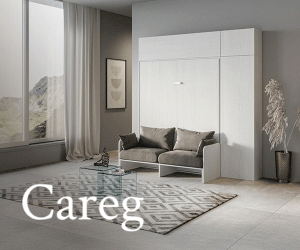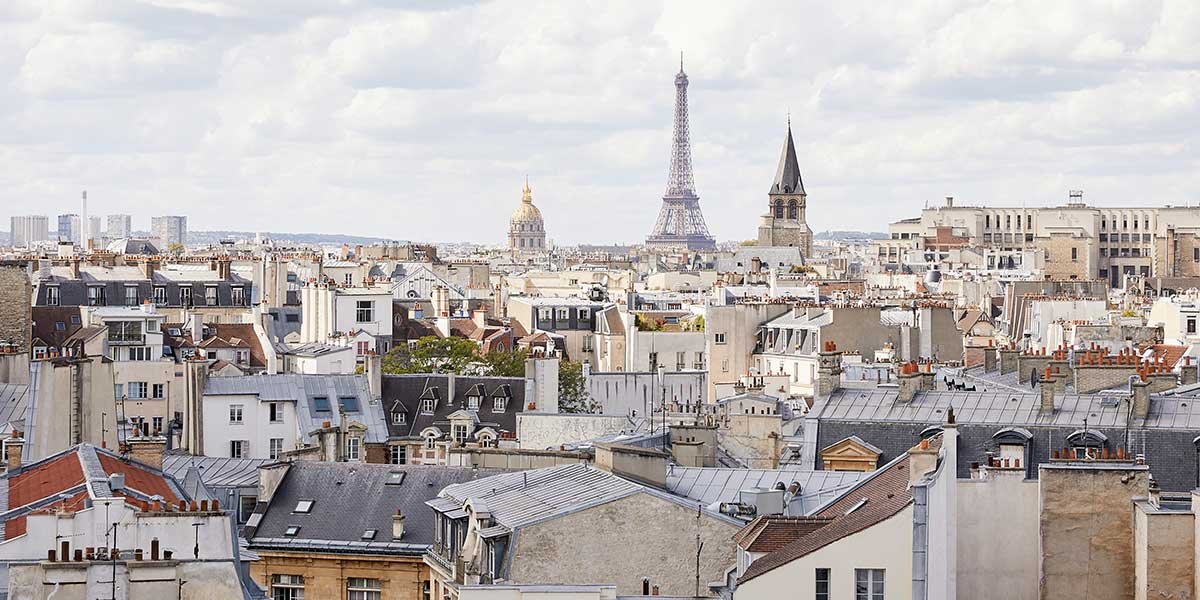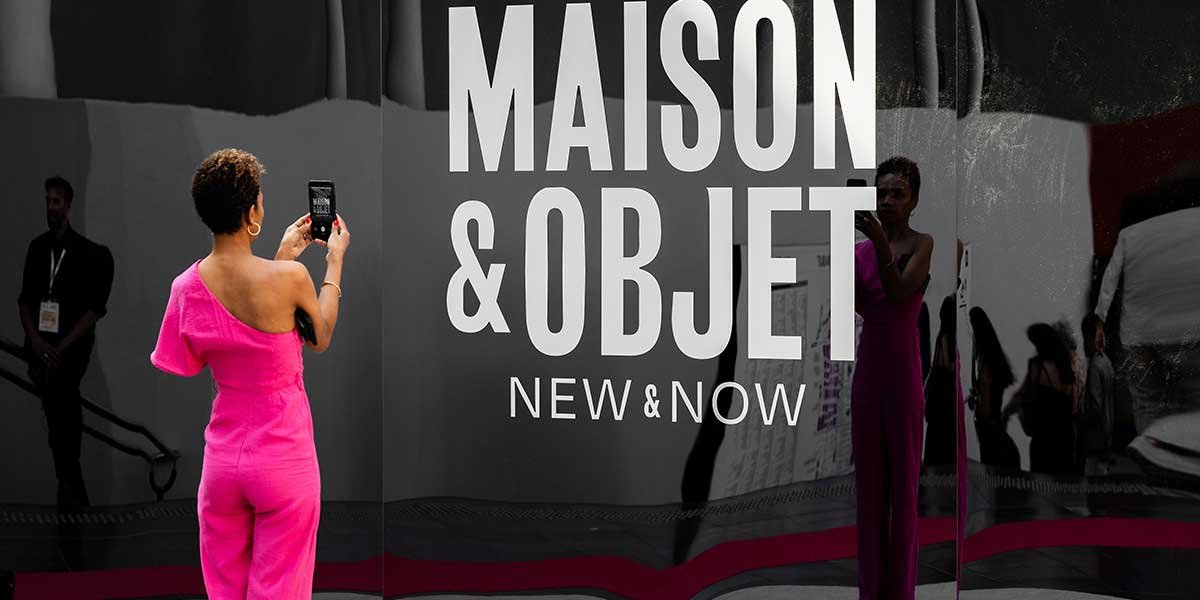“Light must strike at the heart—and nowhere else.” (Ingo Maurer)
We remember Ingo Maurer—designer, artist, and entrepreneur—who masterfully fused poetry, design, and industry, always placing light and the emotions it evokes at the center of his work.
Born on May 12, 1932, on Reichenau Island in Lake Constance, Maurer trained as a typographer in Germany and Switzerland, then completed his graphic design studies in 1958 in Munich. After spending time in New York and San Francisco working as an independent designer, he returned to Munich and in 1960 founded the company “design M”, which would later become Ingo Maurer GmbH. Initially a small artisanal workshop, the company quickly grew into an international brand. By freeing himself from external commissions and the constraints that clashed with his poetic and experimental language, Maurer became his own entrepreneur—creating more than 200 pieces over the course of a 50-year career.
Exhibition “Ingo Maurer intim. Design or what” (Luccellino Wall, 1992; Birds Birds Birds, 1992)
Photo: Anna Seibel

Maurer’s official debut in the lighting world came with the Bulb lamp (1966)—a truly pop object, a replica of the light bulb itself, encased in a hand-blown Murano glass shell shaped exactly like the bulb it contains.
Left: Bulb lamp (1966), Ingo Maurer GmbH. Right: Flatterby (2016), Ingo Maurer GmbH

Light bulbs were an obsession for Maurer. He considered them the perfect fusion of poetry and technology—the first form of artificial light known to humanity, whose filament evoked the primal memory of fire. After using them in several objects, he provocatively celebrated them in Lacrime del Pescatore (2009): nylon fishing nets of varying sizes, 385 crystals, and a single bulb—created as a protest against the ban on incandescent bulbs in favor of LEDs.
Lacrime del pescatore (2009), Ingo Maurer GmbH

Throughout his career, Maurer never stopped pushing boundaries and raising the bar of creative experimentation. He often used humble materials and embraced the spirit of ready-made art. Everyday objects—often considered “ugly”—were transformed into works of beauty, blending industrial product and handcrafted artifact. For example, Campari soda bottles became a witty, unconventional lamp; goose feathers adorned bulbs in Birds Birds Birds; and in Porca Miseria! shattered dishes, cups, and teapots formed a literal explosion of light.
Birds, birds, birds, 1992, Ingo Maurer GmbH

Left: Luccellino Table (1992), Ingo Maurer GmbH. Right: Campari Light (2002), Ingo Maurer GmbH

Maurer favored paper for the way it interacted with light, most famously in Zettel, one of his most iconic lamps, composed of Japanese paper sheets—some pre-printed, others left blank for users to personalize with their own drawings or messages.
Zettel (1997), Ingo Maurer GmbH

Few of his works were designed for mass production—most were conceived as unique pieces or produced in extremely limited editions. For Maurer, design—like art—should not conform to industrial standards, but rather exist as authorial, non-replicable creations. This is why he was directly involved in every project, overseeing the entire production cycle, which often included artisanal processes carried out by Maurer himself.
Exhibition “Ingo Maurer intim. Design or what” Photo: Anna Seibel

All of his lamps revolve around surprise and disorientation, unfolding like stories tinged with irony. Their purpose went far beyond illuminating a room. The theme of light, although it has always been approached by outsiders on the border between art and poetry with the aim of moving the user by awakening memories and sensations, was primarily a technological challenge. The quality of light is essential and from halogen bulbs to OLEDs, Ingo has always been interested in technical developments and innovations, also approaching these changes critically.
Bakarù, 1986, Ingo Maurer GmbH

In the 1980s, he invented low-voltage cable lighting systems, which were widely copied. He was also the first designer to incorporate OLEDs into lighting projects, such as Flying Future—using technology not as an end in itself, but as an essential tool for new creative visions.
The idea of an object begins in my head—like a dream; only afterward do I look for ways to realize it with my team. Sometimes it takes decades before technology catches up and allows us to bring it to life.
My new flame, 2013, Ingo Maurer GmbH

Flying future, 2006, Ingo Maurer GmbH

Ingo Maurer’s works move effortlessly from Japanese abstraction to minimalism to pop imagery, astonishing the end user by transforming themselves into true artistic compositions that harmonize with domestic environments and architectural contexts. His work has been recognized with exhibitions around the world – from the Centre Georges Pompidou in Paris, the Stedelijk Museum in Amsterdam, the Victoria & Albert Museum in London – and his works are present in the most important collections including the MOMA, the Museum of Modern Art in New York, the Die Neue Sammlung and The Design Museum in London.
Dew drops, 2014, Ingo Maurer GmbH

The latest unmissable retrospective dedicated to him, created in collaboration with the designer himself and completed by his team, is entitled “Ingo Maurer intim. Design or what?”and opened on November 15 at the Die Neue Sammlung museum in Munich, and can be visited until October 18, 2020. An exhaustive account of his entire career with a title that alludes precisely to the interpenetration of art, architecture and design in his work. The exhibition project was conceived by Angelika Nollert, director of the museum, and Xenia Riemann, curator of “The New Collection – The Design Museum”.
Exhibition “Ingo Maurer intim. Design or what” Photo: Anna Seibel

Exhibition “Ingo Maurer intim. Design or what” Photo: Anna Seibel

In the cover image, Ingo Maurer, photo credits Robert Fisher



























